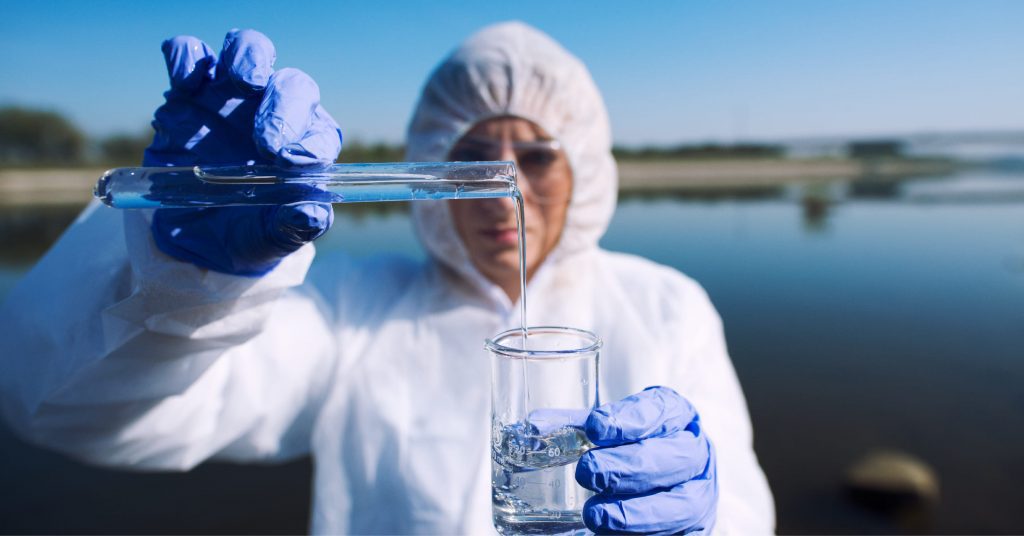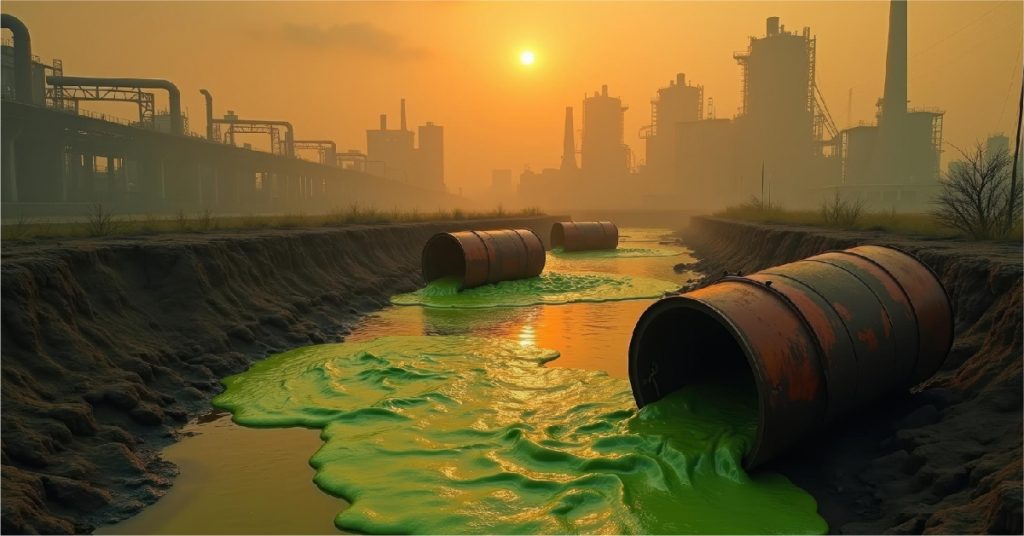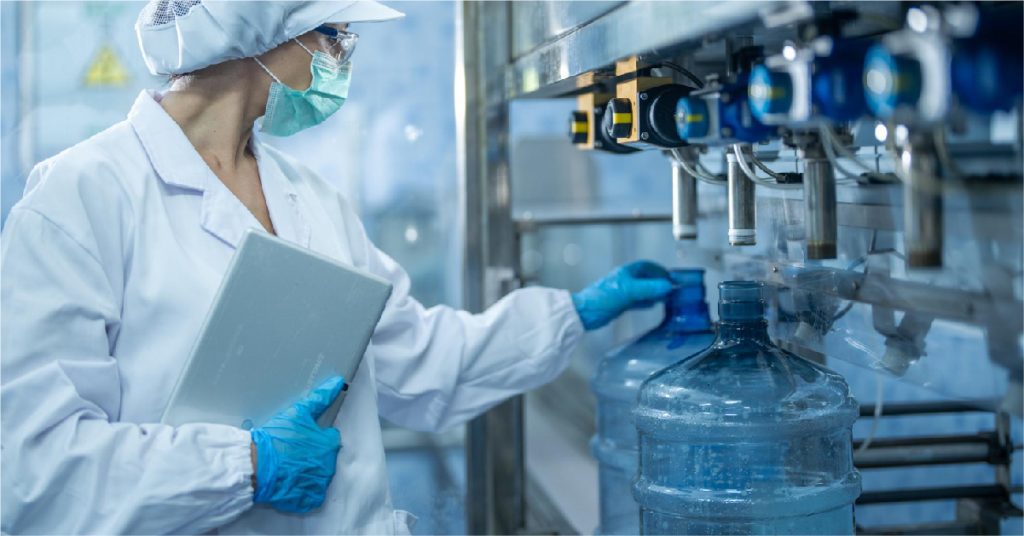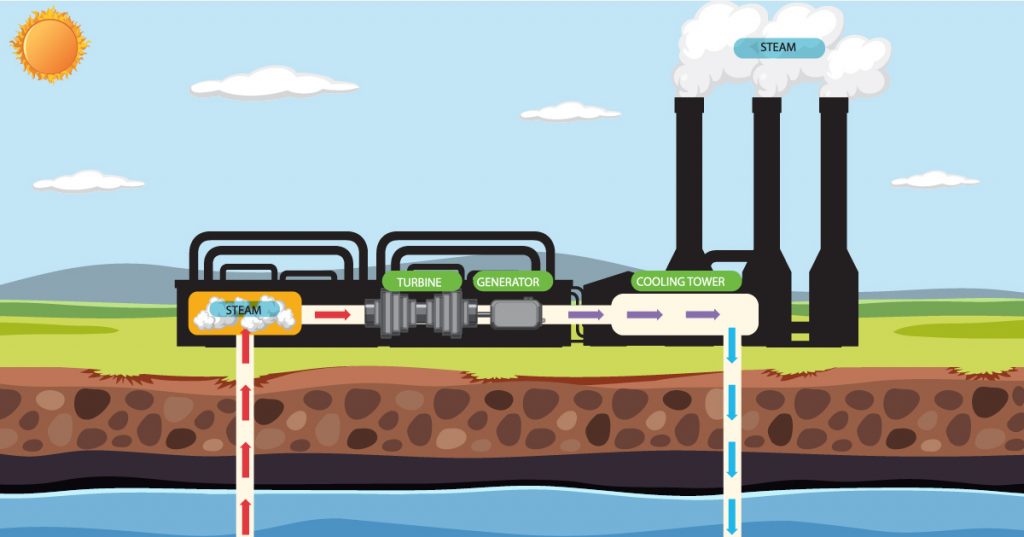Clean and safe water is one of the cornerstones of a healthy society. In a country like Singapore, where water is a precious resource, ensuring its quality and safety is paramount. But what is potable water? Potable water refers to water that is safe for human consumption, free from harmful contaminants, and suitable for drinking, cooking, and other domestic uses. It is treated to meet strict quality standards that safeguard public health.
In this blog, we will explore what is potable water, the difference between potable and non-potable water, potable water systems, and the stringent quality guidelines followed in Singapore to ensure its safety.
What is Potable Water?
Potable water is treated water that meets specific safety standards and is considered safe for drinking and daily use. It undergoes various processes, including filtration, disinfection, and purification, to remove physical, chemical, and microbiological contaminants. The goal is to make the water clean, clear, and free from harmful pathogens or pollutants that could affect human health.
To put it simply, potable water is the opposite of non-potable water. Non-potable water contains impurities, bacteria, or chemicals and is unfit for human consumption. While non-potable water may still be used for industrial purposes, irrigation, or cleaning, it requires further treatment before it can be considered safe for drinking.
Potable Water vs. Non-Potable Water
It is important to understand the distinction between potable and non-potable water. Potable water is treated and certified to meet stringent quality guidelines, making it fit for human use. Non-potable water, on the other hand, may be untreated or contain contaminants that pose health risks. For example:
- Potable water: Water supplied to households, schools, offices, and restaurants that undergoes rigorous treatment and quality testing.
- Non-potable water: Recycled wastewater, untreated groundwater, or industrial water that can only be used for cleaning, landscaping, or cooling systems.
While potable water is essential for drinking and domestic activities, non-potable water is primarily utilized for non-consumptive purposes. Understanding this distinction is key to ensuring safe water usage, both at home and in industries.
What Is a Potable Water System?
A potable water system refers to the infrastructure and processes in place to collect, treat, store, and distribute potable water to end-users. This system ensures that the water delivered to homes and businesses meets the required safety standards for consumption.
The key components of a potable water system include:
- Source Water: Potable water can originate from surface water (rivers, lakes) or groundwater (aquifers). These sources undergo rigorous testing before they are approved for treatment.
- Treatment Facilities: The water undergoes purification processes such as filtration, chemical treatment, and disinfection to remove impurities and pathogens.
- Storage: Treated potable water is stored in clean reservoirs or tanks to maintain its quality before distribution.
- Distribution System: Potable water is transported through pipelines to homes, offices, and industries. The distribution network is regularly maintained to prevent contamination.
Standards for Potable Water in Singapore
Singapore has established robust guidelines to ensure that potable water is of the highest quality. The national water agency, PUB (Public Utilities Board), oversees water treatment and quality monitoring in the country. Singapore adheres to the World Health Organization (WHO) guidelines for potable water and regularly tests water samples to meet global benchmarks.
Key aspects of potable water standards in Singapore include:
- Microbiological Safety: Potable water must be free of harmful bacteria, viruses, and parasites that can cause diseases like cholera or dysentery. Disinfection processes, such as chlorination and ultraviolet (UV) treatment, are used to eliminate pathogens.
- Chemical Safety: Water is tested for chemical contaminants such as heavy metals (e.g., lead, mercury), nitrates, and pesticides. The levels of these chemicals must fall within permissible limits set by WHO and national guidelines.
- Physical and Aesthetic Quality: Potable water should be clear, colorless, and free of odor or unusual taste. Filtration removes sediments and particles to achieve this quality.
- Regular Monitoring: PUB conducts rigorous monitoring of water quality at various stages of the potable water system. Over 400,000 water quality tests are performed annually to ensure safety.
Ion Exchange: Ensuring Access to Safe Potable Water
Ion Exchange, a leading company in water treatment solutions, has been instrumental in Singapore’s quest for water sustainability. The company provides advanced technologies and systems to address the country’s unique water challenges.
-
Reverse Osmosis (RO)
It is a cutting-edge technology used to remove the majority of contaminants from water by applying pressure to force water through a semi-permeable membrane. This membrane allows the passage of water molecules while blocking dissolved salts, organics, bacteria, and pyrogens. The high-pressure pump increases pressure on the salt side, pushing water across the RO membrane and leaving most dissolved salts behind in the reject stream. The treated water typically has 95% to 99% of dissolved salts removed.
-
Ultraviolet (UV) Technology
It offers an effective method for eliminating biological contaminants. These purifiers guard against water-borne viruses, bacteria, and microorganisms such as Giardia and Cryptosporidium. Exposure to UV radiation within the flow chamber purifies harmful microbiological impurities.
-
High Recovery RO (HRR) Technology
The innovative High Recovery RO (HRR) process, featuring the Water Saver Cartridge (WSC), continuously sweeps away salts and kills microbes, allowing operation at high recovery levels. This process achieves up to 70% recovery from a single RO membrane, three times higher than conventional systems, and saves over 80% of water, making it eco-friendly with a high shelf life for treated water.
-
Electrolytic Sanitizing System (ESS) Technology
Conventional UV systems can suffer from slime buildup, bacterial growth, voltage fluctuation, and quartz scaling, leading to poor disinfection. The patented ESS technology by ZeroB ensures complete microbial kill, overcoming these drawbacks and preventing water recontamination.
-
Resin Technology
Ion exchange resins play a crucial role in various separation, purification, and decontamination processes. Ion Exchange manufactures a range of resins, including poly-iodinated and iron-specific resins, which eliminate microbial contaminants and reduce iron levels to safe drinking standards (less than 0.3 ppm).
Conclusion
Ensuring access to clean and safe water requires expertise and innovative solutions. At Ion Exchange, we specialize in designing and implementing potable water systems that meet international quality standards. If you want to learn more about potable water, potable and non-potable water systems or need customized solutions for your water requirements, our team of experts is here to help.
Connect with Ion Exchange experts today to explore sustainable water solutions tailored to your needs.





